#e t a hoffmann
Quote
[T]hrough this wild roar he hears Clara’s voice: ‘Can you not see me? Coppelius deceived you, those were not my eyes that burned in your breast, they were the glowing drops of your own heart’s blood—I still have my eyes, just look at me!’ And Nathaniel thinks: it is Clara, and I am hers for ever. Then it is as if the thought reaches into the circle of fire, stops suddenly, and the roar fades into a dull thud in the black abyss. Nathaniel peers into Clara’s eyes; but it is the face of death that smiles back at him with Clara’s eyes.
E. T. A. Hoffmann, The Sand-man.
0 notes
Text
[...] a dark destiny has draped a veil of clouds over my life, which perhaps I may only rip through in death.
E. T. A. Hoffmann, Tales of the German Imagination; from 'The Sandman', tr. Peter Wortsman
223 notes
·
View notes
Text
Di notte è peggio
Succede spesso che, quando è scesa la notte, la disgrazia che ci ha colpito ci appaia più tremenda che non nel frastuono del giorno.
E. T. A. Hoffmann, da [Die Brautwahl, 1819] La sposa tratta a sorte in La donna vampiro e altri racconti, Firenze, Sansoni, 1966. [Trad. R. Spaini]
17 notes
·
View notes
Quote
All you who feed some insatiable vulture you Hoffmannesque poets, [...] whom the violin lacerates like a blade searching the heart — you eager and embittered onlookers in whom the spectacle of nature herself promotes dangerous ecstasies ; let Love be your calmative.
Charles Baudelaire, Intimate Journals
5 notes
·
View notes
Text
Schwierigkeiten scheinen nur da zu sein, um überwunden zu werden.
Difficulties seem only there to be overcome.
Ernst Theodor Amadeus Hoffmann (1776 – 1822), German writer, lawyer, composer, music critic, and cartoonist
16 notes
·
View notes
Text
Les romantiques allemands: Woyzeck — Dino Battaglia & E.T.A. Hoffmann & A. Von Chamisso & G. Büchner
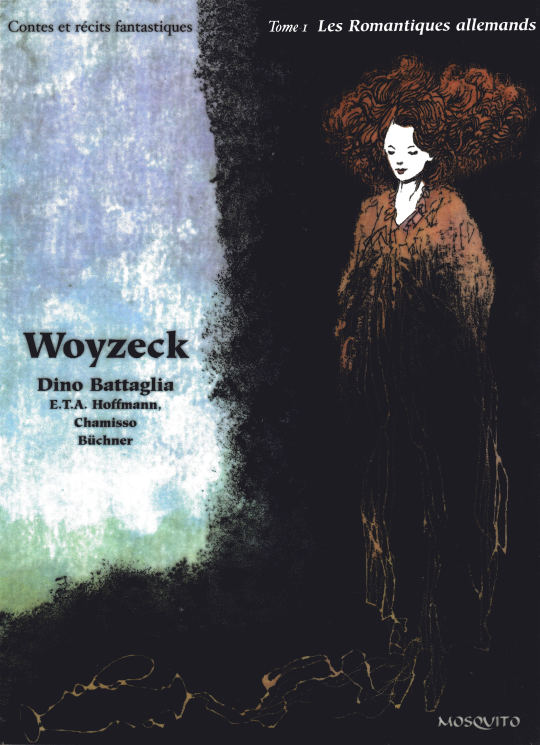




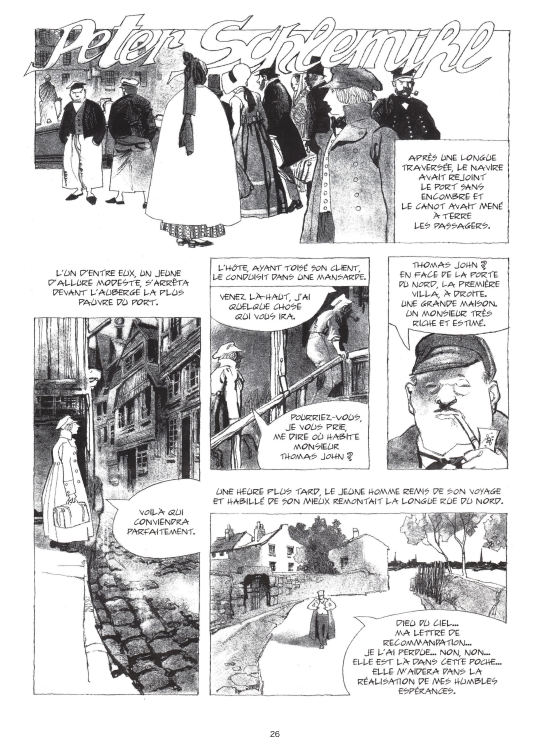


#A. Von Chamisso#Contos#Dino Battaglia#E. T. A. Hoffmann#G. Büchner#Literatura alemã#Literatura fantástica#comics#quadrinhos#fumetto#literatura
9 notes
·
View notes
Text
Neckar Forum Esslingen - Trio E. T. A.
Foto ©Harald Hoffmann
La nuova generazione di musicisti sta esprimento una serie di talenti veramente ragguardevoli. Tra quelli che negli ultimi tempi si sono messi in mostra i giovani del Trio E.T.A.,
Continue reading Untitled

View On WordPress
#brahms#cameristica#critica#elene meipariani#esslingen#franck#haydn#neckar forum#piano#strumentale#till hoffmann#till schuler#trio#trio e. t. a.#violino#violoncello
0 notes
Text
Reportage: Tagung über "Romantische Musikästhetik bei E. T. A. Hoffmann" – Akademisches Forum Albertus Magnus
Reportage: Tagung über “Romantische Musikästhetik bei E. T. A. Hoffmann” – Akademisches Forum Albertus Magnus

View On WordPress
#Akademisches Forum Albertus Magnus#e.t.a. hoffmann#Musikästhetik#Rainer Kleinertz#Reportage#Romantische Musikästhetik bei E. T. A. Hoffmann#Sigmund Bonk
0 notes
Photo

Lebensansichten des Katers Murr - E. T. A. Hoffmann - 1923 - via Staatsbibliothek zu Berlin
618 notes
·
View notes
Text
Godfather Drosselmeier told me there are marvelous swans gliding about and wearing gold ribbons and singing the loveliest songs, and a girl is there to feed them sweet marzipan.
E. T. A. Hoffmann, "The Nutcracker and the Mouse King" (1816)
257 notes
·
View notes
Text
“ İnancını yitirmenin suçlusu sen değilsin, bunun tek suçlusu tahripkâr şekilde yüreğinin derinliklerinde nüfus ederek seni kendi kendine yabancılaştırmaya uğraşan düşman bir ilkedir. “
~ Altın Çanak ~
#E. #T. #A. #Hoffmann

23 notes
·
View notes
Text
Siena and her opera performances - a short character study
So, I thought I might share a short little analysis of the operas Siena performed, as I’ve not seen anything like this on here before and I’ve spent some time digging into those operas for my fanfics.
I want to post a whole character analysis of Siena at some point, but the operas play an important part in highlighting Siena’s character and her relationship with Anthony, so I thought it might be interesting to dig a bit deeper into those performances. Especially when it comes to a character like her (who barely got any screentime), those few seconds of her performing make a nice addition and add some depth to her character and storyline.
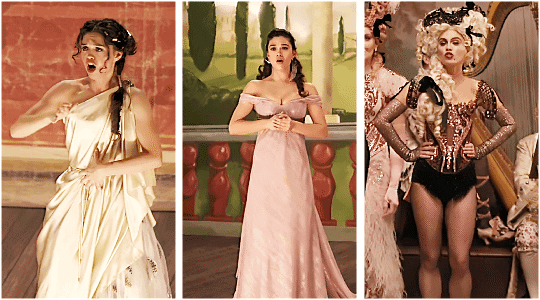
I won't focus much on the opera Siena performs in episode 1 – Gluck’s Iphigénie en Tauride – as it's not as interesting as the other two, because there doesn’t seem to be much of a connection to Siena’s character or her relationship with Anthony per se. Unlike the other operas, the focus in this scene is clearly not on her – she’s mostly just in the background, with two very short closeups, so we see that it’s her that is performing on stage. There is a deleted scene between her and Anthony according to the published script of that episode:
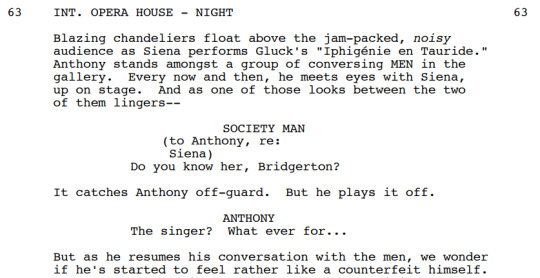
However, while I think that deleted scenes and such can make for interesting footnotes during an analysis/interpretation, I don’t like taking them too much into consideration – after all, there might be a good reason why this was deleted.
So the actual scene we see doesn’t really highlight anything in regards to Siena’s characters besides the fact that she’s an opera singer and that this is one of the only times we see her wear some brighter colors – while she’s on stage, playing a character. The other two operas she performs in episode 3 and 4 are much more focused on her character and storyline, especially her performance of I Capuleti e i Montecchi in 1.03 – this is the only time we see her perform without any of the other cast members present.
However, that’s not the only difference between Iphigénie en Tauride and the other operas. I Capuleti e i Montecchi and Les contes d'Hoffmann are also anachronistic. Iphigénie en Tauride premiered 1779, while I Capuleti e i Montecchi premiered in 1830 and Les contes d'Hoffmann in 1881.
People tend to make fun of historical inaccuracies or dismiss them as mistakes, but most times, anachronism is on purpose. I think it’s safe to assume that everyone working on this has been aware that those operas would not premiere until decades after season 1. The operas were clearly chosen for a reason.
Les contes d'Hoffmann by Jacques Offenbach (1881)

Les contes d’Hoffmann (The Tales of Hoffmann) tells the story of Hoffmann, who choses to give up on love and devotes his life to art and poetry instead. It's based on three short stories by E. T. A. Hoffmann, and some are probably familiar with the movie, but just to roughly summarize (also because there’s some important differences): At the beginning of the story, a prima donna named Stella invites Hoffmann to a meeting in her dressing room after her performance. Before the meeting, Hoffmann recounts his past great loves to his students. The opera consists of three acts, each telling the story of one of Hoffmann’s previous loves. After recollecting his stories of heartbreak, The Muse can convince Hoffmann to give his love to her (poetry) instead of visiting Stella.
There are many parallels to Siena and her relationship with Anthony here. The most obvious one is the prima donna part – Stella represents Siena. While there might not be direct similarities within the story or between Anthony and Hoffmann, the ending to Hoffmann’s story is still in some parts similar to Anthony’s. The opera ends with Hoffmann declaring that he doesn’t want to love anymore – which sounds quite similar to what Anthony says at the end of season 1.
Siena is obviously not performing the entire opera – we only see her sing “Belle nuit, ô nuit d'amour” as the courtesan Giulietta – who tries to fool Hoffmann into falling in love with her.
Storytelling-wise, it obviously does not fit Siena’s story at this point – she is not trying to fool Anthony into falling in love with her, quite the opposite. Though it does work well as a juxtaposition, especially when we see Siena noticing Anthony’s stares and she slips out of her role. There’s a clear contrast here between her performing as a devious courtesan and looking almost flustered as a result of Anthony’s gaze.

And although Siena at that point doesn’t want to seduce Anthony in any way, the piece still beautifully represents the actual scene that takes places here: Anthony longingly staring at her the very moment he recognizes her voice – almost as if under a spell (a very horny spell). Even when Violet tries to distract him, he cannot help but look in Siena’s direction. He’s completely enthralled by her here – similarly to how Hoffmann was enthralled by Giulietta. And similarly, both relationships are doomed to end unhappily.
Adding onto that, this is also the only time that we see Siena on stage where she represents exactly who she is: a courtesan. During the other two performances, she’s wearing bright, pastel gowns – very different from her usual style. The costume she wears here is also different from her usual style, which is fairly plain otherwise – but it does highlight the role she plays within society.
I find it quite interesting that this is the only time we see Anthony and Siena interact with one another during one of her performances – and one of the only times we see them interact in public altogether. This scene clearly shows the class difference between them: Anthony attending a ball as the lord he is, while Siena performs for everyone else’s entertainment, playing a seductive courtesan. They are present at the same place, yet they can’t talk to one another – there is an invisible wall between them which is highlighted by the positions they take within that scene as well as the clothes they wear. Had Siena performed any other part of that opera, she would probably have worn a pretty gown and those differences would not nearly be as noticeable. But she’s performing as a courtesan and as a result, this might be the most visible representation of her and Anthony’s differences and main conflict.
Returning to the actual story of the opera: At the end, Hoffmann explains how his three previous loves – Olympia, Antonia and Giulietta – all represent Stella. They show different aspects of the prima donna: the musician, the young girl and the courtesan. As I said, Stella represents Siena, and so do all of the other characters. In this scene, we see her visually represented as the courtesan. The show highlights this several times, especially during episode 3 when she talks to Genevieve and then later visits the gentlemen’s club and is inviting Simon to join her the next evening. Her need to find a keeper that can protect her and provide for her plays an essential role within her storyline.
Then, she’s obviously also a musician – a good amount of her scenes consist of her performances, and her character is defined by those performances. And, in the end, she’s also a young girl – and the show ensures to highlight that part as well. Through showcasing her vulnerability and emotions, we can see that she is not that different from the other young women in the show, like Daphne and Marina. They are all young, dealing with heartbreak and making decisions to secure their future. And this is in my opinion what sets Bridgerton apart from other stories of its genre. Usually, a character like Siena would only be the musician and courtesan – either sidelined or vilified. The show humanizes her, however, by granting her screentime to show her pain and struggles and even, to some extent, her innocence – which is especially well done during her performance in 1.03.
I Capuleti e i Montecchi by Vincenzo Bellini (1830)
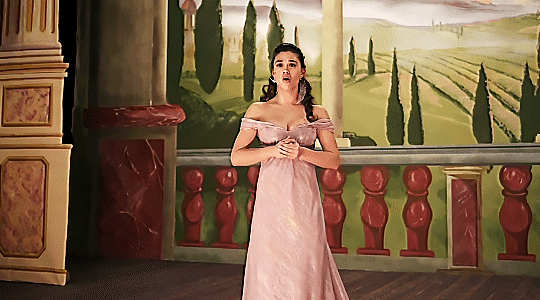
As you can probably guess by the title, I Capuleti e i Montecchi tells the story of Romeo and Juliet. I don’t think there’s a need to summarize the story, and I also think it’s pretty clear why this particular opera was chosen: Romeo and Juliet originated the star-crossed lovers trope – which is the exact trope Siena and Anthony would fall under.
There are many things I love about that scene – it’s just all around a brilliant scene, not just in relation to Siena’s character. Though I will obviously only focus on how it relates to her character here.
The aria Siena performs is “Oh! quante volte” – Juliet waiting for Romeo, begging for him to come for her. It’s quite emotional and allows for Siena’s character to express her own emotions throughout her performance.
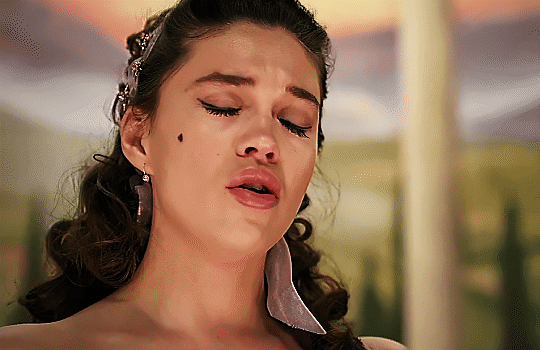
First, I adore how beautifully this ties in with the next scene. For one, because it sets up the atmosphere and essence of Siena and Anthony’s relationship – the tragedy of it all. The scene with Anthony in Siena’s dressing room underlines how this is not meant to be a love story with a happy ending, and the performance right before that amplifies this. Their story is doomed to end unhappily. And, similar to Romeo and Juliet, it is not merely a tragic story about love – it’s a story about the dangers of defying societal norms and duties and your own identities within that society.
But the dressing room scene also shows the clear differences between both stories. When Anthony visits her, Siena choses to reject him. She might have been emotional during her performance, but when Anthony showed his face, Siena did not act based on emotions but was very much rational in her words and actions. Because Anthony is not Romeo, and Siena is also not Juliet.
I also love how this performance builds a beautiful contrast to Les contes d'Hoffmann. Instead of a courtesan, Siena is playing an ingenue, wearing a pretty gown and looking all around sweet and innocent.
As the opera is in Italian, Juliet is obviously called Giulietta – just like the courtesan from Les contes d'Hoffmann. I have no idea whether this has been an accident or was done on purpose, but it’s a wonderful parallel. In both operas, she’s playing two very different women who happen to share the same name.
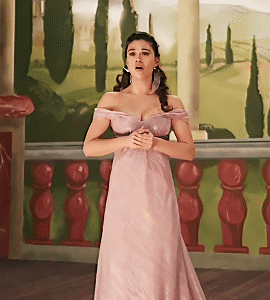

It underlines the differences between both roles but also draws a connection – which is Siena’s character.
By society, Siena is seen as the Giulietta from Les contes d'Hoffmann: the courtesan whose intentions are dubious and malicious. When Siena performs as I Capuleti e i Montecchi’s Giulietta, we can see a more vulnerable side of her as she openly cries on stage. We see her heartbroken and emotional, letting her guard down completely for a moment. In the end, it’s merely a performance. But Siena uses this performance to allow herself vulnerability – a vulnerability she is not usually allowed.
Those different performances do an excellent job at showcasing Siena’s character and also her main conflict and the different roles she plays. The chosen operas add some wonderful depth and insight into her character and I absolutely love how the shows has implemented them.
#bridgerton#siena rosso#anthony x siena#i have so many notes for analyses saved especially about siena#one day i will hopefully post that whole character study#also really want to do an analysis of the parallels between her and daphne and marina during season one#and i kinda want to dig a bit deeper into those operas too#there's definitely a lot more to focus on here#but i always need some time to actually write meta posts because I'm honestly fine just thinking about that stuff for myself#but sharing is fun too and makes for great discussions so i'm trying to post more#meta
11 notes
·
View notes
Note
oh btw speaking of gothic books, just remembered that in the sandman (by e. t. a. hoffmann), one of the characters is an automaton! methinks you'd maybe enjoy that. besides, tis spooky! (and yes, you can probably look at it w a statement perspective, as w most gothic stories giggles)
Ooooo!!!! That sounds so fun,,, I love when characters are not human. Maybe I’ll have to look into it sometime when I’m not as busy
#lua this is a problem everything is a statement to me#I will not write fake statements /affirmations#book rec#lua tag#asks#mutuals#rambling#phever dreams with phantom
7 notes
·
View notes
Text
Deutschribing Germany
Literature
Middle Ages (5th-15th centuries)
Medieval German literature can be divided into two periods: Old High German literature (8th-11th centuries) and Middle High German literature (12th-14th centuries). The only surviving works from the first period are the Hildebrandslied (Lay of Hildebrand), which is the earliest poetic text in German and tells of the tragic encounter in battle between a father and a son, and Muspilli, which deals with the fate of the soul after death and at the Last Judgment.

Middle High German literature saw a 60-year golden age known as mittelhochdeutsche Blütezeit, in which lyric poetry in the form of Minnesang—the German version of courtly love—blossomed thanks to poets such as Walther von der Vogelweide and Wolfram von Eschenbach. Another important genre during this time was epic poetry, of which the most famous example is the Nibelungenlied (The Song of the Nibelungs), which narrates the story of prince Siegfried and princess Kriemhild, among other characters.
Renaissance (15th-16th centuries)
Early New High German literature includes works such as Der Ring (The Ring) by Heinrich Wittenwiler, a 9,699-line satirical poem where each line is marked with red or green ink depending on the seriousness of the material, and Das Narrenschiff (Ship of Fools) by Sebastian Brant, a satirical allegory that contains the ship of fools trope.
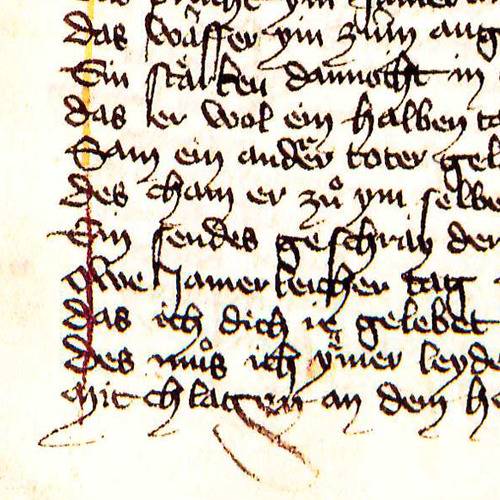
Other important authors are satirist and poet Thomas Murner, humanist Sebastian Franck, and poets Johannes von Tepl and Oswald von Wolkenstein.
Baroque (16th-17th centuries)
The Baroque period is characterized by works that reflected the experiences of the Thirty Years’ War and tragedies (Trauerspiele) on Classical themes, the latter were written by authors such as Andreas Gryphius and Daniel Caspar von Lohenstein. The most famous work is Der abenteuerliche Simplicissimus (Simplicius Simplicissimus) by Hans Jakob Christoffel von Grimmelshausen, a picaresque novel that narrates the adventures of the naïve Simplicissimus.
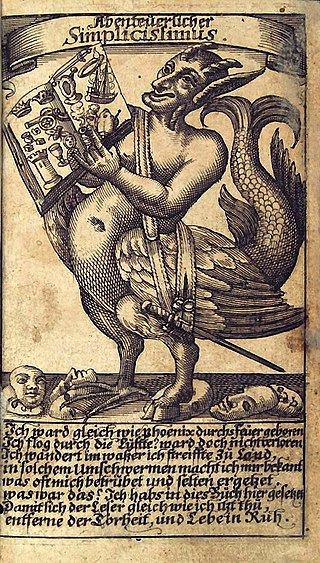
Enlightenment (17th-18th centuries)
The most important writers of the Enlightenment are Christian Felix Weiße, Christoph Martin Wieland, Gotthold Ephraim Lessing, and Johann Gottfried Herder.
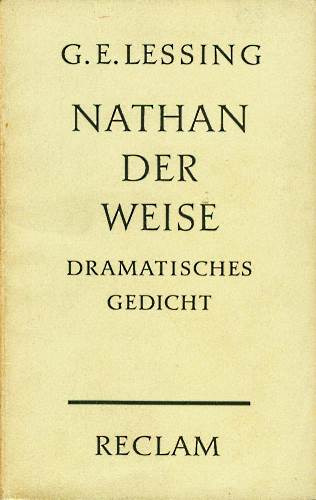
The Age of Reason saw the emergence of two literary movements: Empfindsamkeit (sentimental style) and Sturm und Drang (storm and stress). The first one intended to express true and natural feelings and featured sudden mood changes. The latter movement was characterized by individual subjectivity and extremes of emotion in response to the rationalism imposed by the Enlightenment.
Weimar Classicism (18th-19th centuries)
The main drivers behind Weimar Classicism, which synthesized ideas from Classicism, the Enlightenment, and Romanticism, were Johann Christoph Friedrich von Schiller, and Johann Wolfgang von Goethe.
During this period, Schiller published Die Bürgschaft (The Pledge), a ballad based on the legend of Damon and Pythias found in the Latin Fabulae, and Don Karlos (Don Carlos), a historical tragedy about Carlos, Prince of Asturias, while Goethe wrote Egmont, a play heavily influenced by Shakespearean tragedy, and Faust, a tragic play in which the main character sells his soul to the devil that is considered the greatest work of German literature.
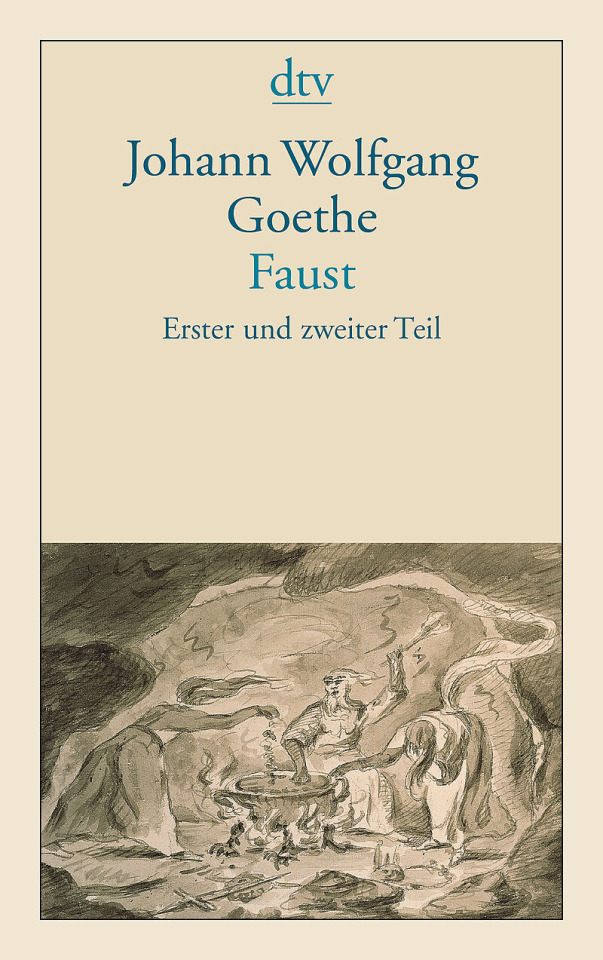
Romanticism (18th-19th centuries)
Important Romantic writers include E. T. A. Hoffmann, author of Der Sandmann (The Sandman), a short story based on the mythical character of said name that puts people to sleep by sprinkling sand on their eyes; Heinrich von Kleist, who wrote Das Kätchen von Heilbronn (The Little Catherine of Heilbronn), a drama set in Swabia in the Middle Ages; Joseph Freiherr von Eichendorff, author of Das Marmorbild (The Marble Statue), a novella about a man who struggles to choose between piety and a world of art, and Novalis, author of Hymnen an die Nacht (Hymns to the Night), a collection of six poems.

Folk tales collected by the Brothers Grimm became very popular during the Romantic period, as they represented a pure form of national literature and culture.
Biedermeier and Young Germany (19th century)
The Biedermeier period contrasts with the Romantic era and is best exemplified by poets Adelbert von Chamisso, Annette von Droste-Hülshoff, and Wilhelm Müller.
Young Germany was a youth movement whose main proponents were Karl Gutzkow, Ludolf Wienbarg, and Theodor Mundt.
Realism and Naturalism (19th century)
The most representatives realist authors are Gustav Freytag, Theodor Fontane, and Theodor Storm, while Gerhart Hauptmann was the most important naturalist writer.
Weimar literature (20th century)
During the Weimar Republic, writers such as Erich Maria Remarque, Heinrich Mann, and Thomas Mann presented a bleak look at the world and the failure of politics and society.

Expressionism (20th century)
As a modernist movement, Expressionism presented the world solely from a subjective perspective, distorting it for emotional effect. Famous authors include novelists Alfred Döblin and Franz Kafka, playwrights Ernst Toller and Georg Kaiser, and poets August Stramm and Else Lasker-Schüler.

Neue Sachlichkeit (20th century)
Neue Sachlichkeit (New Objectivity) arose as a reaction against expressionism and was characterized by its political perspective on reality and portrayal of dystopias in an emotionless reporting style, showing cynicism about humanity. Authors associated with this movement include Erich Kästner, Hans Fallada, and Irmgard Keun.
Nazi Germany (1933-1945)
During the Nazi regime, some authors went into exile, while others submitted to censorship. The former, who either were of Jewish ancestry or opposed the regime for political reasons, include writers Alice Rühle-Gerstel and Anna Seghers, playwright Bertolt Brecht, and poet and novelist Hermann Hesse/Emil Sinclair.
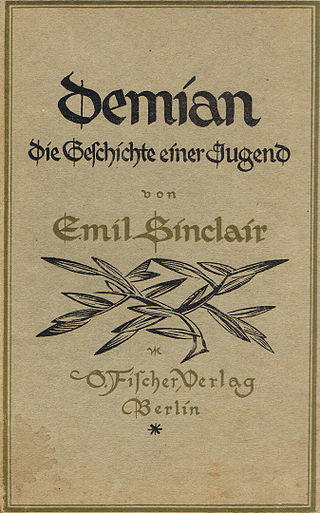
Those who stayed and engaged in inner emigration include writer Friedrich Reck-Malleczewen, poet and essayist Gottfried Benn, writer Hans Blüher, and poet and novelist Ricarda Huch.
Post-war literature (20th century)
The most famous authors in West Germany were Edgar Hilsenrath, Günter Grass, Heinrich Böll, and Group 47, a group of participants in writers’ meetings invited by Hans Werner Richter.
East German writers include Christa Wolf, Heiner Müller, Reiner Kunze, and Sarah Kirsch.
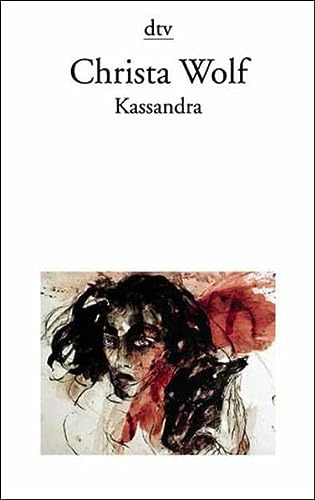
Contemporary literature (21st century)
Fantasy and science fiction authors include Andreas Eschbach, Frank Schätzing, and Wolfgang Hohlbein. Some of the most important poets are Aldona Gustas, Hans Magnus Enzensberger, and Jürgen Becker. Thriller is best represented by Ingrid Noll. Fiction novelists include Herta Müller, Siegfried Lenz, and Wilhelm Genazino.
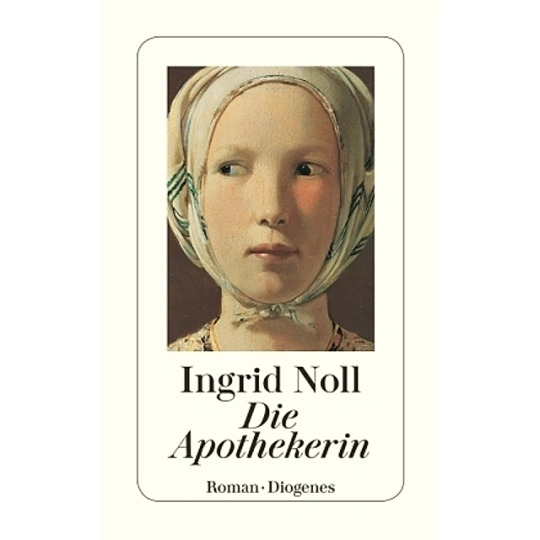
20 notes
·
View notes
Note
what kind of books do you like reading?
My favorite era is 19th century Russian literature. Some of my favorites from there are Dead Souls by Gogol, Fathers and Sons by Ivan Turgenev, Eugene Onegin by Alexander Pushkin, and Oblomov by Ivan Goncharov (I was utterly baffled as to why everyone was talking about Ivan Goncharov when I came back to Tumblr!). I loved a lot of early 20th century American literature, in particular F. Scott Fitzgerald, who was an early hero, and I also read a lot of Joseph Heller and Vladimir Nabokov (Russian/American). I've read everything by Franz Kafka—even the bizarre stuff, like Amerika—and loved it all. My favorite writer of all time is Virginia Woolf, and I love reading writers who experiment with style (Lewis Carroll, of all people, has a nice early example of stream of consciousness with Sylvie and Bruno). I think the best piece of writing I've ever seen from America is Invisible Man by Ralph Ellison.
I've also read and enjoyed some stuff from the 16th-18th centuries (in particular, Ludovico Ariosto's Orlando Furioso, Edmund Spencer's The Faerie Queene, and John Milton's Paradise Lost), but a lot more that's a lot older. Giovanni Boccaccio's The Decameron is a great collection of tales like The Canterbury Tales, but better (note: I haven't yet read 1,001 Nights. Thomas Malory's Le Morte d'Arthur was a lot of fun. I slowed down a lot about eight years ago). I even love the fake ones that are tales within tales like Jan Potocki's The Manuscript Found at Saragossa. But I love chasing down and reading older works, like sagas and epics. Some of my favorites are The Nibelungenlied, The Kalevala, Njal's Saga, and The Epic of Sundiata. Gilgamesh is absolutely incredible. I've read some clunkers, though, like The Song of Roland, which I found dry, dull, and short.
As my reading slowed, I liked to read books aimed at young readers. Growing up, I loved the Oz books, which I find to be an utterly fascinating example of uniquely American (and non-European) fantasy. We have that and Little Nemo, but most other fantasy you get (outside of modern times) is distinctly European, and owes more to Lord Dunsany and Tolkien than anyone else. I loved The 13 1/2 Lives of Captain Bluebear, which I just finished ready to my daughter (Walter Moers). Michael Ende's The Neverending Story is probably the best book for young readers I've read. And then there's the Moomin books by Tove Jansson... What a find those were! Written for kids, but so unbelievably melancholic and subtle! Every page is packed with so much loneliness and longing! I couldn't even believe what I'd read after reading Tales from Moomin Valley. "The Fillyjonk who Believed in Disasters" is something I think every adult should read. It reminds me a bit of The Magic Mountain (see below) in how subtly it captures a character or series of character traits that are quite natural and recognizable, but so hard to pin down! Tove Jansson was brilliant.
For utter, nonsensical, bizarre, indulgent, and absurd escapism, I read E. T. A. Hoffmann. It's hard to even describe how ridiculous his stuff is. Like...you read this stuff, and are saying, "You can't DO that! You'd be laughed off AO3 for that!" And yet he does. And he doesn't care. He had an audience of one, and that was himself. I have no idea how his works are even remembered. Utterly bizarre.
That captures a lot of it. Here are some that don't fit elsewhere:
The Buru Quartet by Pramoedya Ananta Toer (masterful)
Death of a Salesman by Arthur Miller (wrecked me)
Moby Dick by Herman Melville (tore through it!)
Don Quixote by Miguel de Cervantes Saavedra (this one, too! Thick book, but such a quick and joyful read—and written with such exquisite detail!)
Frankenstein by Mary Shelley (one of the best of the 19th century)
The Magic Mountain by Thomas Mann (so subtle... Let me tell you, this is a long book, and like, it's 90% over, and suddenly this new character is introduced, and it's like, "What even is this…?", and yet, somehow, he takes like 50 pages, and you suddenly care about this guy... Astonishing)
The House of Mirth by Edith Wharton (tour de force; her best, in my opinion)
Cat's Cradle by Kurt Vonnegut (his best that I've read, and the one I'd recommend to everyone)
Forest of a Thousand Daemons by D. O. Fagunwa (terrible translation, but so wonderfully inventive!)
Black Elk Speaks (I want to mention this, because I really loved it, but it has a problematic history, so fyi)
True Grit by Charles Portis (one of the most beautiful short novels I've ever read; the Cohen Bros. adaptation is actually very, very close to it)
The Awakening by Kate Chopin (what a smack in the face that one is!)
The Tempest by Shakespeare (my favorite of his)
The Narrative of the Life of Frederick Douglass (best written work from America in the 19th century)
The Autobiography of Benjamin Franklin (by contrast, one of the most ridiculous things I've ever read in my life; HILARIOUS)
Journey to the West by Wu Cheng'en (read the whole thing, and...wow. lol So much repetition with humor throughout capped off by brilliance)
The Bostonians by Henry James (the best demonstration of exactly what he aimed to do: produce an ending that has two equally plausible and utterly opposite interpretations that can both be supported textually)
Nohow On by Samuel Beckett (the culmination of his work, and a worthy one)
Three Tales by Gustave Flaubert (I bawled—loudly—after reading "A Simple Heart"; I couldn't help it)
Thanks for asking this! It's been so long since I've really read... It's nice to remember. I wanted to read the Studs Lonigan trilogy for ages now... Oh, and I went through a Gabriel García Márquez phase! And Tom Robbins! And, of course, I've read all the wonderful comic novels by my friend Nina Post, whose wit astounds me.
Okay, now I'm just not getting to sleep. But this is some of what I've read that I've loved. Also, for certain things, I've read a lot (like 19th century Russian literature and Samuel Beckett), so I can tell you what not to read. For example, A Hero of Our Time by Lermontov? Pass. Same with The Golovlovs by Saltykov-Shchedrin. You can probably pass on War and Peace, as well, due to its girth, but you're going to miss some good stuff (amidst a lot of dry stuff).
Okay, hitting the button now! I'm done.
(Oh, but if you were assigned Their Eyes Were Watching God and kind of passed on it because it was a "school book", that was a mistake!!!)
(Oh, Cane by Jean Toomer!)
(Oh, and if you want a short one that has a "wah-wah!" ending, check out As I Lay Dying by Faulkner! lol That rascal...)
(OH! And the "school book" thing? Hard ditto on Of Mice and Men. Holy shit, that book... Wow.)
(OMG BABBIT!!!!! I loved it!!! Pass on Main Street, though.)
(Oh, and John Updike can miss me with his Rabbit stuff... YIKES!)
(Oh, and if you like Woody Allen's style but not Woody Allen, try Portnoy's Complaint.)
(Last one: Jasmine by my short fiction professor Bharati Mukherjee, who sadly passed away far too soon. On the last day of class, she'd forgotten she was going to have us read Notes from Underground by Fyodor Dostoevsky. As we were walking out the door, she made us promise to read it. I never saw her again, but I did, Ms. Mukherjee, and it was tremendous. Thank you so much for what you gave me. I had so much trouble showing my work to other people before that class. You helped me so much, and I wish I could've told you. You may think those who have influenced you will be around forever for you to thank one day, but they're not. Today's the day. Tell them what they meant to you. You'll regret it if you don't.)
#books#reading#literature#too many to tag#but I'm tagging Virginia Woolf#she's amazing#if I could recommend one for Tumblr#Orlando#you won't regret it#oh and Emily Dickinson#OH THE BOSTONIANS BY HENRY JAMES#adding it now
63 notes
·
View notes
Text
Literatura em Quadrinhos
#E. T. A. Hoffmann#Federico del Barrio#Literatura alemã#Literatura fantástica#Mai Prol#Novela#comics#quadrinhos#fumetto#literatura
0 notes